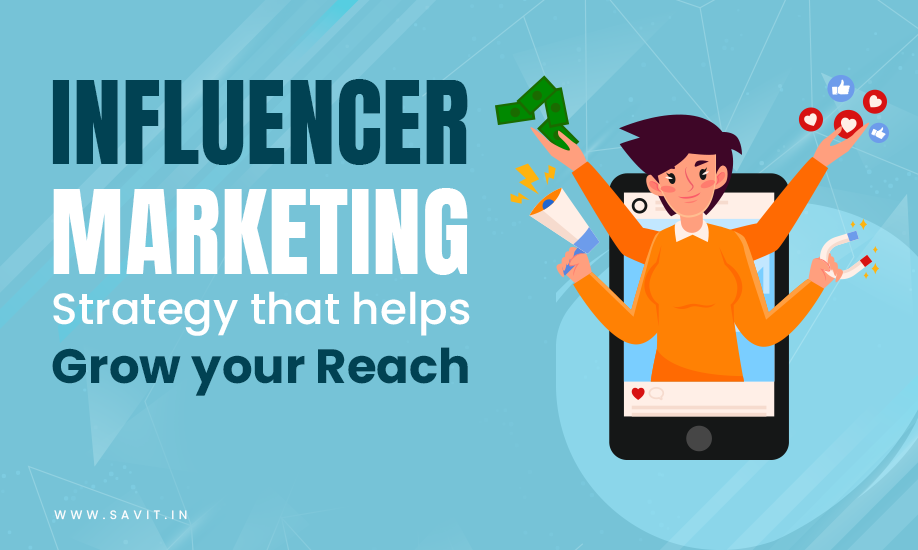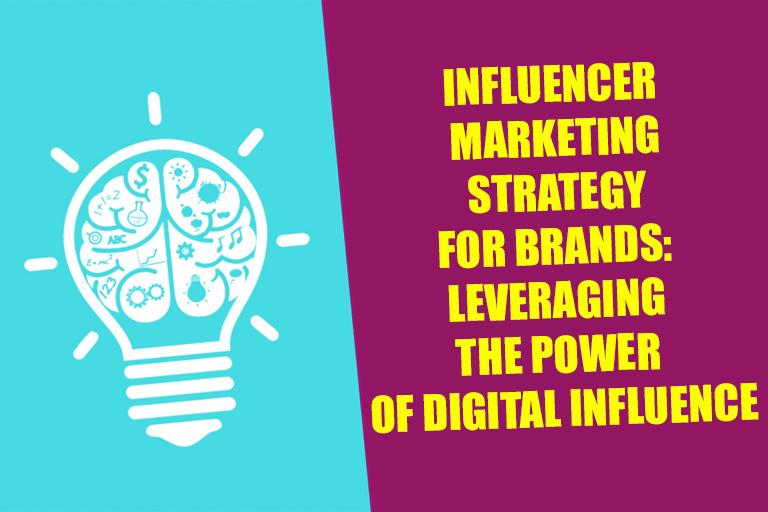Within the dynamic realm of marketing evolution, brands are ceaselessly exploring novel avenues to connect with and captivate their intended audiences. An emerging tactic that has garnered substantial traction in recent times is influencer marketing. This deliberate partnership between brands and digital trendsetters has showcased its potency as a means to elevate brand prominence, authenticity, and interaction. Within this piece, we delve deep into the complexities of brand influencer strategies, unearthing its advantages, pivotal factors, and optimal methodologies.

The Rise of Influencer Marketing:
The rise of influencer marketing is a direct consequence of the shift in consumer habits towards embracing digital media consumption and the ascent of social media networks. Conventional advertising tactics have forfeited their former influence, prompting consumers to pursue genuine and relatable content. Influencers, leveraging their well-established online personas, distinctive perspectives, and actively involved followers, furnish brands with a channel to forge deeper, more intimate connections with their target audience.

Benefits of Influencer Marketing for Brands:
Increased Credibility and Trust: Influencers have already built trust and credibility among their followers. When they endorse a brand, it lends authenticity to the brand’s messaging and increases the likelihood of consumer trust.
Enhanced Reach and Visibility: Influencers have a dedicated and often niche-specific following. Partnering with the right influencers enables brands to tap into these audiences, reaching potential customers that might be challenging to access through traditional methods.
Engagement and Interaction: Influencers foster a sense of community among their followers. This engagement leads to higher interaction rates, more meaningful conversations, and a better understanding of consumer preferences.

Content Diversification: The infusion of influencers’ distinct flair and innovation contributes to a rich tapestry of content, captivating and connecting with a wider array of audiences.
Crafting an Effective Influencer Marketing Strategy:
Devising an effective influencer marketing endeavor demands meticulous strategizing and flawless implementation. Herein lie essential measures deserving your attention
Clarify Your Objectives: Pinpoint your aims – whether they involve boosting brand recognition, amplifying sales, or introducing a novel product.
Audience Research: Understand your target audience and identify the influencers who have a strong presence among them. Relevance is key to successful collaboration.
Influencer Selection: Choose influencers whose values align with your brand’s message and ethos. Look beyond follower count to factors like engagement rates, authenticity, and their ability to resonate with your audience.

Content Collaboration: Work closely with influencers to co-create content that seamlessly integrates your brand’s message. The content should be engaging, informative, and organic to the influencer’s style.
Disclosure and Transparency: Ensure that influencer-brand partnerships are clearly disclosed as per legal and ethical guidelines. Transparency builds trust with the audience.
Metrics and Measurement: Define key performance indicators (KPIs) to track the success of your campaign. Metrics such as reach, engagement, click-through rates, and conversions provide insights into the campaign’s impact.
Best Practices for Influencer Marketing:
Long-term Partnerships: Consider establishing ongoing relationships with influencers rather than one-off collaborations. This fosters authenticity and continuity.
Micro-Influencers: Don’t overlook micro-influencers. They often have highly engaged, niche audiences that can yield impressive results.
Diverse Platforms: Explore a variety of social media platforms and content formats, from Instagram and YouTube to TikTok and blogs, to reach different segments of your audience.
Creativity and Flexibility: Allow influencers creative freedom within the campaign guidelines. Their unique perspective can breathe life into your brand.
Monitor Trends: Stay updated on industry trends, algorithm changes, and shifts in consumer behavior to adapt your strategy accordingly.
In Conclusion:
Influencer marketing has revolutionized brand-consumer relationships, providing an authentic and effective way to connect with target audiences in the digital age. Through the meticulous creation of a precisely delineated influencer marketing plan, brands can seize the potential of digital influence to elevate their credibility, extend their scope, and cultivate substantial interactions. As the realm of marketing undergoes constant transformation, influencer marketing persists as a versatile instrument that empowers brands to narrate their narratives through innovative and captivating avenues.
Read More:- Boosting Your Brand’s Reach: How Hiring an Influencer Can Take Your Business to the Next Level
Read More:-How to Identify and Collaborate with the Right Influencers for Your Brand





